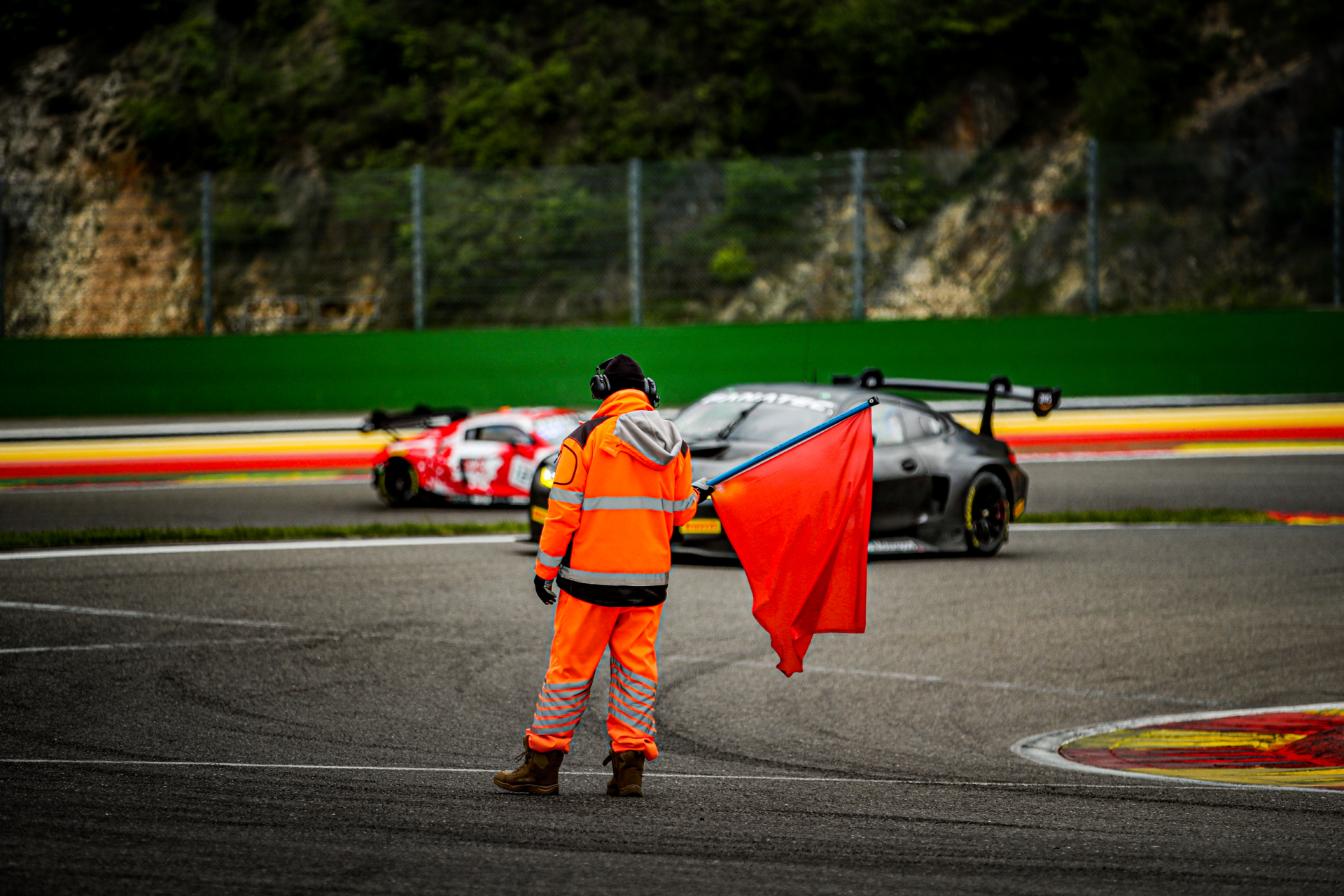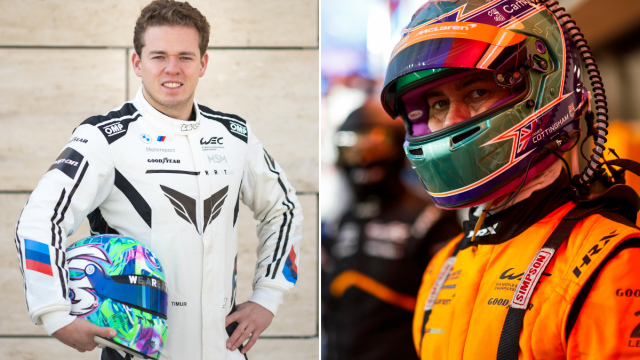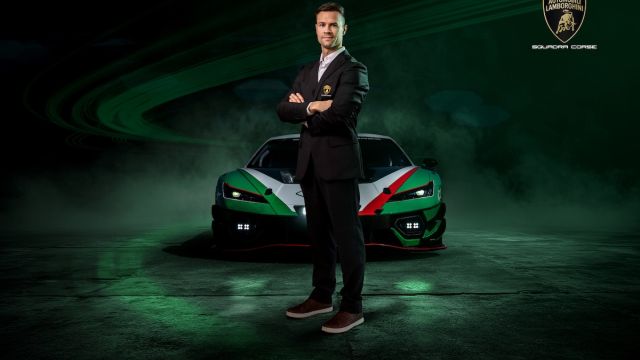Sporting evolutions for CrowdStrike 24 Hours of Spa
WAVE-BY
To avoid issues in the various categories when the safety car is brought out in front of the overall leader, cars who have their category leader behind them in the queue of cars may be given the opportunity to overtake the safety car and rejoin the back of the field.
This is effectively putting a virtual safety car in front of the category leaders in the Cups – Gold, Silver, Bronze and Pro-Am, and letting any cars ahead of that SC go round to the back of the field.
The aim is to prevent cars in these Cups getting a significant advantage/disadvantage based purely on where their cars are running on the track compared to the overall race leader.
If authorized by the Race Director, the wave-by will happen after the FCY period is over, and the pits will briefly be closed while this takes place. The SC period will be longer as a consequence. Cars pitting when the pits are closed will have a penalty. There will be no wave-by in the first or last 30 minutes, or when there is less than 30 minutes between two SC periods.
RED FLAG
Bringing the 24-hour race in line with the other rounds of the Fanatec GT World Challenge Europe powered by AWS, should it be necessary to bring out the red flag during the race, the cars will line up in their running order at the red flag line.
-
- If there is not enough space, they will line up in columns.
-
- Cars already in the pits will be allowed to exit and join the end of the field.
-
- Cars entering the pits after the red flag will rejoin a lap down.
The aim is to reduce complications with the restart order, and to restrict the work that can be undertaken by teams.
OVERALL MAXIMUM AND MINIMUM DRIVING TIMES
Bringing the CrowdStrike 24 Hours of Spa in line with the other Intercontinental GT Challenge powered by Pirelli events, the maximum driving time per driver has been reduced to 11 hours (if no other maximum is mentioned for drivers competing in the Gold, Bronze or Pro-Am Cups). This removes the option of two drivers covering all the track time for a car.
Similarly, except where otherwise specified, any driver must complete at least two hours behind the wheel.
Should drivers fail to do this, penalties will be awarded.
CLASSES / CUPS
The cars in this year’s addition are divided into five classes or cups competing in this year’s event. Each line-up given is the maximum authorized for that class.
They are :
Pro
Three drivers, no driver categorization imposed. Note that Pro is not a Cup, and no specific Pro classification or podium is given.
Gold Cup
Three drivers : Gold/Gold/Silver Four drivers : Gold/Gold/Gold/Silver The Silver driver must contribute at least four hours
Silver Cup
Three drivers : Silver/Silver/Silver Four drivers : Silver/Silver/Silver/Silver No additional restrictions
Bronze Cup
Three drivers : Platinum/Silver/Bronze Four drivers : Platinum /Silver/Silver/Bronze The Bronze driver must contribute a minimum of 4 hours which must include one hour in the first six hours The Pro driver (Platinum/Gold) may contribute a maximum of 8 hours
Pro-Am
Three drivers : Platinum/Bronze/Bronze Four drivers : Platinum/Platinum /Bronze / Bronze
*There must be a Bronze driver behind the wheel for at least eight hours, one in each 6 hour period
TRACK LIMITS
Track limits will be monitored both by electronic means, with cameras at certain corners, and with judges of fact at others.
After three track limit infringements, the car is shown a black and white warning flag on the fourth infringement, and given a final warning on the fifth. With six track limits, the car receives a time penalty to be served at the next pit stop and the procedure restarts. After 12 track limits, a second time penalty is given. Should the car reach 18, then the team is sent to the Stewards for a heavier penalty. The track limits are re-set every six hours during the race. The penalties are for the car, not the driver.






Comments
Log in to comment the article